
Revitalisation of Jirásek square in Pilsen
The City of Pilsen is revitalising the Jirásek square in the context of its EURE Action Plan, including local stakeholders.
The European Union’s strategy for the period 2014-2020 has considerably reinforced the urban dimension of the cohesion policy. According to article 7.4 of its Regulation, Member States must allocate at least 5% of their national European Regional Development Fund (ERDF) to the support of sustainable urban development integrated strategies. In particular, it means to improve the urban environmental quality and the efficiency of the environmental management of EU urban areas.
EURE proposes the exchange of experiences as a way to improve the environmental performance management of EU urban spaces including the urban areas with a low population density.
Easier to say than doing, right? For some cities, the fund is not meeting with their expectations and needs to design and implement a proper urban policy, especially in the field of resource-efficiency environmental quality. On the one side, small urban areas might not have access to these funds due to their low population density. On the other side, big urban areas might find difficult to include the circular economy principles in their integral urban development strategies.
The objective of EURE is to use interregional cooperation to improve the way the ERDF addresses the environmental urban challenges of cities at peripheral regions, paying also attention to those cities of small dimension but with influence in the sparsely populated areas where they are located.
How will the partners proceed?
In the first step, each partner will produce a regional report detailing the state of play of urban environmental policy instruments. For that, partners will define, with the support of a pool of experts in urban environment, a joint structure and methodology.
The regional state of play reports will be then presented during a study visit to each territory. These visits will allow partners to understand the real context of the report, to know in situ the good practices and to meet the main regional stakeholders.
In addition, partners will develop a joint report about how the funds allocated by article 7 of the ERDF Regulation are being used in their territories. It will correspond to a catalogue of policies, actions and good practices that partners consider as relevant and can support them in the improvement of their own policies and programmes.
Each partner will set on its territory a group of local stakeholders with the mission of following up the development of each stage of the interregional learning process and discuss the project outputs.
Action plans will be elaborated as a result of the learning process and the exchange of experiences activities. They will include a selection of good practices, concrete actions and recommendations about how to transfer those lessons learned to the local policy instruments.
Action plans will establish schemes for improving the governance of key urban activities like waste management, water treatment and recycling.
What are the expected results?
The project will contribute to Europe’s sustainable growth and territorial cohesion, both as dimensions of the Europe 2020 strategy. Namely, it will contribute to the achievement of the flagship initiative “Resource-efficient Europe” by supporting urban areas in sustainable and more efficient use of resources and in the introduction of the circular economy principles in cities governance. Finally, the EURE project will assure proper environmental performance management at the local level.
€1,533,753.00
Environment and resource efficiency
This policy instrument (PI) develops the ERDF Article 7 through its thematic axis 12 -Sustainable Urban Development- tackling the challenges faced by urban authorities to reach the real sustainable urban development, namely by improving the urban environmental conditions.
Within this axis urban areas can address one (or more) of the 5 challenges defined by that article where is included the environmental challenge that should be treated as a transversal factor of local urban policies aligning its sectorial dimension with the territorial one.
It includes the thematic objective 6 (to preserve & protect the environment & promote the resource-efficiency) as cities are strong consumers of natural resources, big generators of residues & of air & acoustic pollution (specifically the investment priority (IP)6c that addresses the improvement of the urban environment).
Yet, the actions/projects supported by this IP are more focused in the recovery of degraded urban areas & of decontamination & recovery of public soils than in assuring a proper environmental management & the inclusion of the circular economy principles in that management.
The support of the ERDF Article 7 doesn’t reach equally to the territory around. Small populations aren’t supported, without considering their influence on their territory & that dispersed areas are precisely those where an improvement of urban environmental management will have greater incidence & where resources-efficiency search is not a priority.
Within the PI, Axis VI is addressed to urban policies & combine at this purpose several thematic objectives (TO) & investment priorities, particularly concerning:
-functional recovery & reuse of buildings for purposes of social inclusion & employment support
-promotion of eco-efficiency & the reduction of energy consumption in public buildings & public lighting networks
-measures to increase sustainable mobility.
Some specific objectives are:
-Reduction of energy consumption & integration of renewable sources
-Increasing sustainable mobility in urban areas
-Improvement of the urban texture in areas with low lawfulness
Tuscany chooses to combine several TO in a single axis because multiple dimensions (social, environmental, economic, cultural) are strongly intertwined in urban policies which need of an integrated approach and to ensure a concentration of resources in urban areas.
The Urban Innovation Projects (PIU) represent the tool for implementing the urban strategy: they are an integrated set of actions aimed at solving social, economic and environmental
The Integrated Urban Development Strategy of Alba Iulia is a planning tool for sustainable urban development the municipality
The development of the strategy is mandatory during the current programming period
PI is a key document whose purpose is to provide a coherent development vision for the municipality, a portfolio of priority proposals, ideally supported by the community and fundable by the EU
This strategy outlines an inclusive, open and intelligent city. A territory where strategic urban management facilitates growth, improving living standards and competitiveness
PI outlines an inclusive, open and intelligent city, and has the aim to develop and improve living standards, competitiveness, sustainable development, coherent and resilient use of resources, and energy efficiency, in accordance with the EU's territorial and urban policies
Through the PI, Alba Iulia wants to develop the green city concept by increasing air and water quality, recycling and efficient waste management, green areas, using renewable energy sources and easy access to products and services which will develop a green lifestyle (organic products, clean transport)
The aim is to improve its approach in developing targeted, policies regarding urban areas environmental challenges and increasing resource-efficiency through projects that will improve and stimulate green growth, eco-innovation and environmental performance. The main aim of these objectives is developing a sustainable circular economy
The policy of Lubelskie Voivodeship towards cities in the region focuses on:
- preparing the cities (and the region) for a new financial perspective CP 2020+,
- elaborating a new model of cooperation at all levels of administration (synergy),
- creating a platform for cooperation and building partnerships of cities and their surroundings,
- including rural municipalities located in functional urban areas in development process planning.
Main elements of Regional Urban Policy for Lubelskie Voivodeship:
- support areas – towards all cities
- actions – towards specific cities
Support areas define 3 levels of urban development resulting from basic functions of city (common for all cities):
- developing external functions;
- strengthening economic base;
- improving the quality of living.
The quality of living strongly depends of the improvement of the environmental conditions in urban areas. Regional Urban Policy for Lubelskie takes up a challenge of creating an urban area attractive and friendly for inhabitants focusing on implementation of the idea of “a green city” prepared for the effects of climate change and environmental pollution.
he main improvement expected to reach with the support of EURE is to make easier to run territorial strategies and promote more local (place-based) form of policy-making for urban issues, especially when talking about urban environmental performance as it is directly linked to cities and citizens.
The policy instrument emerges from the EU cohesion policy that promotes the establishment of policies and strategies to assure an integrated (and more efficient) territorial investment taking into account unique characteristics of the area.
In this particular case, this policy instrument is used to solve problems that occur in the cities and urban functional areas having as one its strategic axes (PO4) “Technical infrastructure and the environment” mainly dedicated to water management.
As ITI is an instrument promoting integrated use of funds and has potential to achieve better results with the same amounts of public investments, the PI had other strategic axis that tackles (directly of indirectly the environmental management performance and, above all, to the urban areas sustainable development.
Due to the lack of focus and quite complicated management, this tool is not reaching the expected results. In this context, it is necessary to learn about the way of implementation in different countries to improve this IP.
Regarding the Operational Programme: Competitiveness and Sustainable Development (included in the Structural Funds of the Republic of Cyprus 2014-2020), the project will address (aiming to improve it under) the priority axis 4A - Protection of Environment and Resource Efficient Management. In particular, focusing in the related priority investment 6i - investments in the waste sector to meet requirements of the EU acquis in the field of environment (specific objective: 6i.2 - Increasing the recycling rate and prevention of waste production).
The above mentioned policy instrument is based on the need to cover deviations from the acquis communautaire, according to the National Strategy of Cyprus through:
- The reduction of biodegradable materials disposed in landfills (max to 35% by weight, Directive 1999/31 / EC).
- Increasing the proportion of recyclable materials to 50% (Directive 2008/98 / EC).
EU wished to strengthen the urban dimension of its cohesion policy. Article 7 of the ERDF Regulation requires that "at least 5% of the ERDF resources allocated at national level under the "Investment for growth and jobs" target (be) allocated to actions for sustainable urban development "
Whereas the 5% is quite successful, the level of decentralisation is different depending on the country, causing disruption & inefficiencies when it is too low. In France, each region has adapted their own OP’s to the circumstances of the territory & thus sustainable urban development is mainstreamed for Brittany. Same as per environment, whereas the whole programme has a greener economy as objective, we will focus for practical reasons in Axis 3: Energy transition and its impact in local authorities
However, Brittany is strongly mobilized around 3 major axes: the development of renewable energies, the control of consumption & reinforcement of networks. Cities are the main targets of those axis. Climate & Energy transition are conveyed locally through “Climate and Energy Transition Plans” (“Plan Climat”) that Brittany fosters through a regional network. Investment priority 3 of axis 3 is therefore oriented to sustainable urban development & thus to those Climate Plans
The urban dimension is fostered transversally by the OP in its section “An integrated approach of territorial development” where ITI are envisaged. As for consistency of our analysis, ITI’s of Rennes & Brest must be included
The PI aims at achieving key national development priorities along with the "Europe 2020" objectives.
Within the framework of this OP, the funding allocated to the City of Riga under the Article 7.4 of the ERDF Regulation is used for implementation of the following priority axes:
• Shift towards a low-carbon economy in all sectors (priority axis 4). Together with investments in energy efficient economy, these funds contribute to reaching Latvia's national Europe 2020 target of renewable energy
• Measures dedicated to environment, sustainable use of natural resources and adaptation to climate change (priority axis 5), including investments to ensure the fulfilment of the EU environmental acquis requirements.
Within implementation of various projects under the Article 7.4 of ERDF Regulation, the City of Riga has witnessed that there is a lack of awareness, including from the supervisory authorities, on the role and benefits of green infrastructure solutions applied in urban areas as part of different urban development projects – brownfield regeneration, urban transport infrastructure development, urban environment management (i.e. urban floods management, storm-water management, wastewater management) and other.

The City of Pilsen is revitalising the Jirásek square in the context of its EURE Action Plan, including local stakeholders.
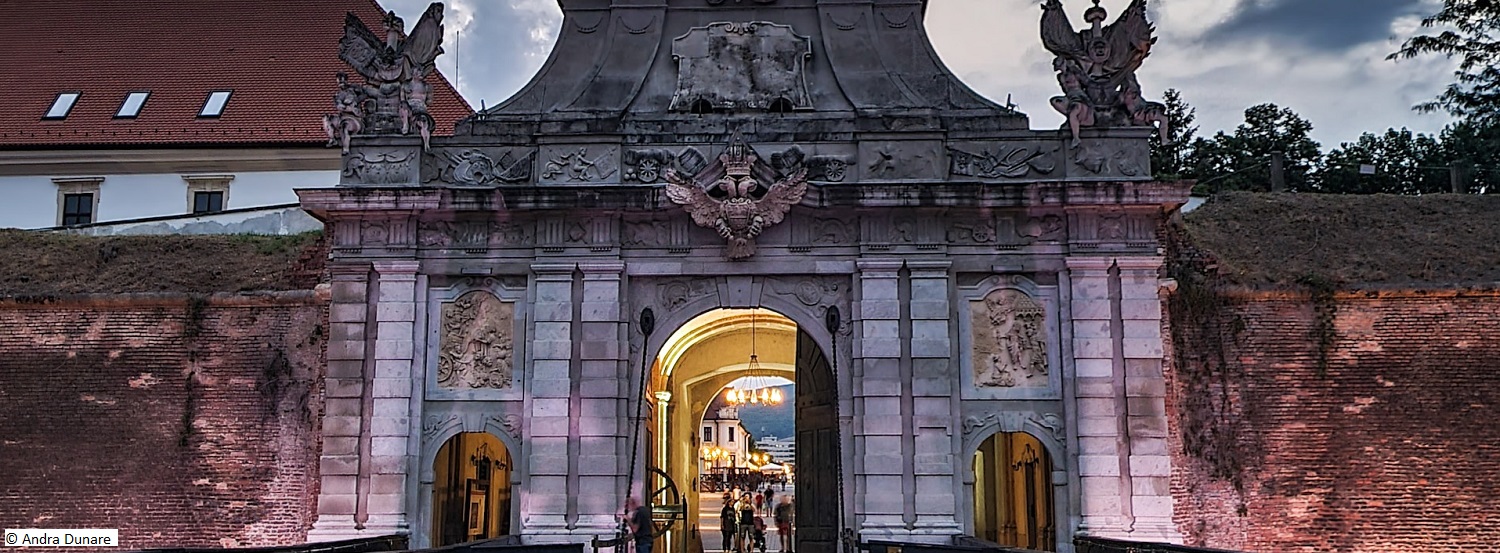
The Alba Iulia Municipality and Research Institute IRCEM are developing guidelines to promote CE projects in small and medium-sized cities.
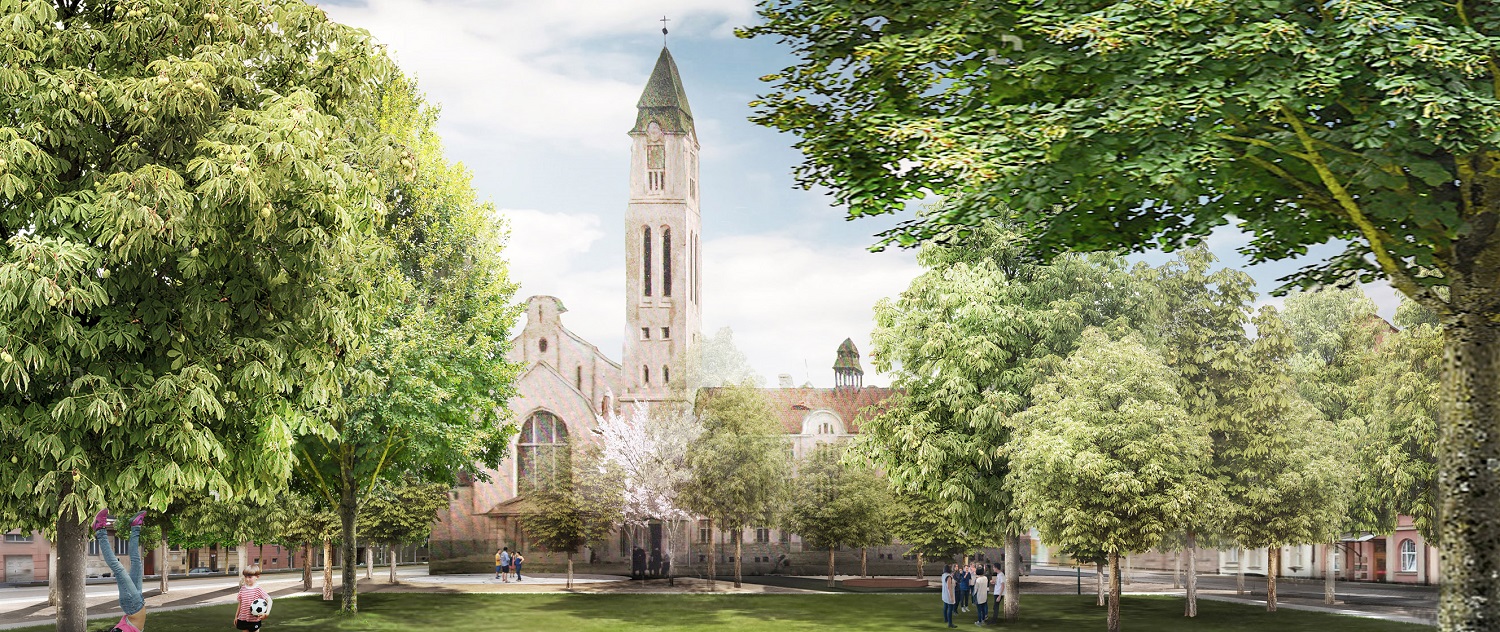
The City of Pilsen tells us more about actions to increase the number of projects using Integrated Territorial Investments (ITI).
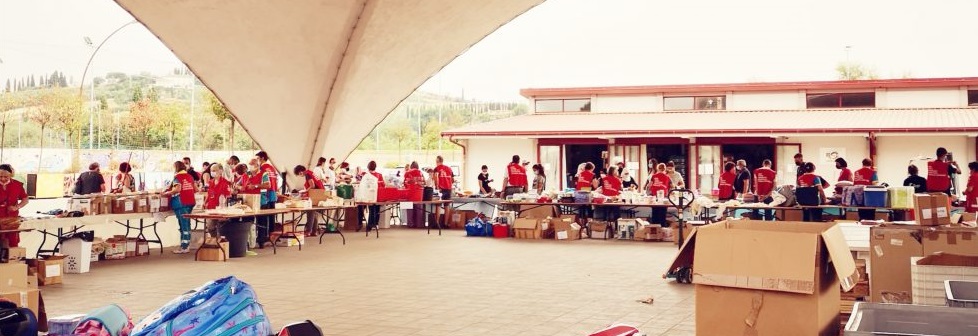
ASEV supported Empoli to scale up Recupero Solidale, from a small citizen group to an organised zero-waste initiative collaborating with several partners.

The Atlantic Cities association reports about their monitoring activity in Brittany.
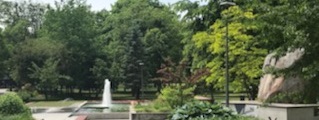
Integrated Territorial Investments – how medium and small towns in Lubelskie address sustainable development aspects

The City of Riga is developing green public spaces in Riga Old Town and smart mobility planning solutions as part of its EURE Action Plan.

As part of its EURE Action Plan, ANEL proposes the Urban Park of Palourokampos, another green infrastructure project in Nicosia.
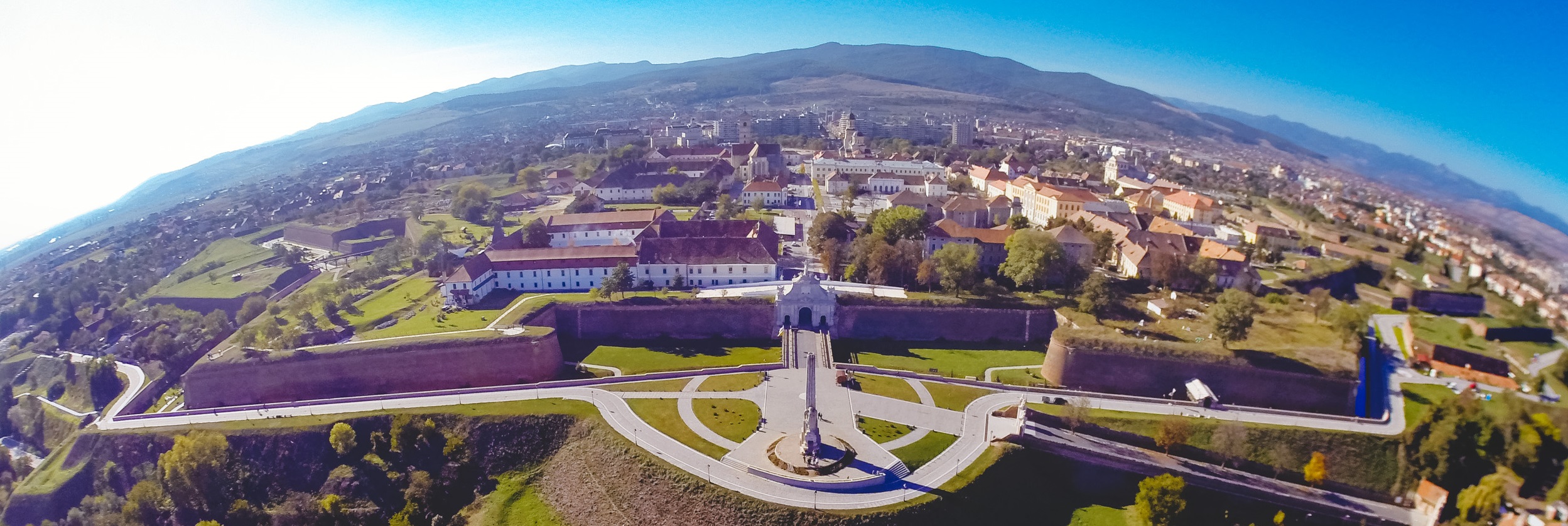
Alba Iulia is telling us more about its implementation of the EURE Action Plan.
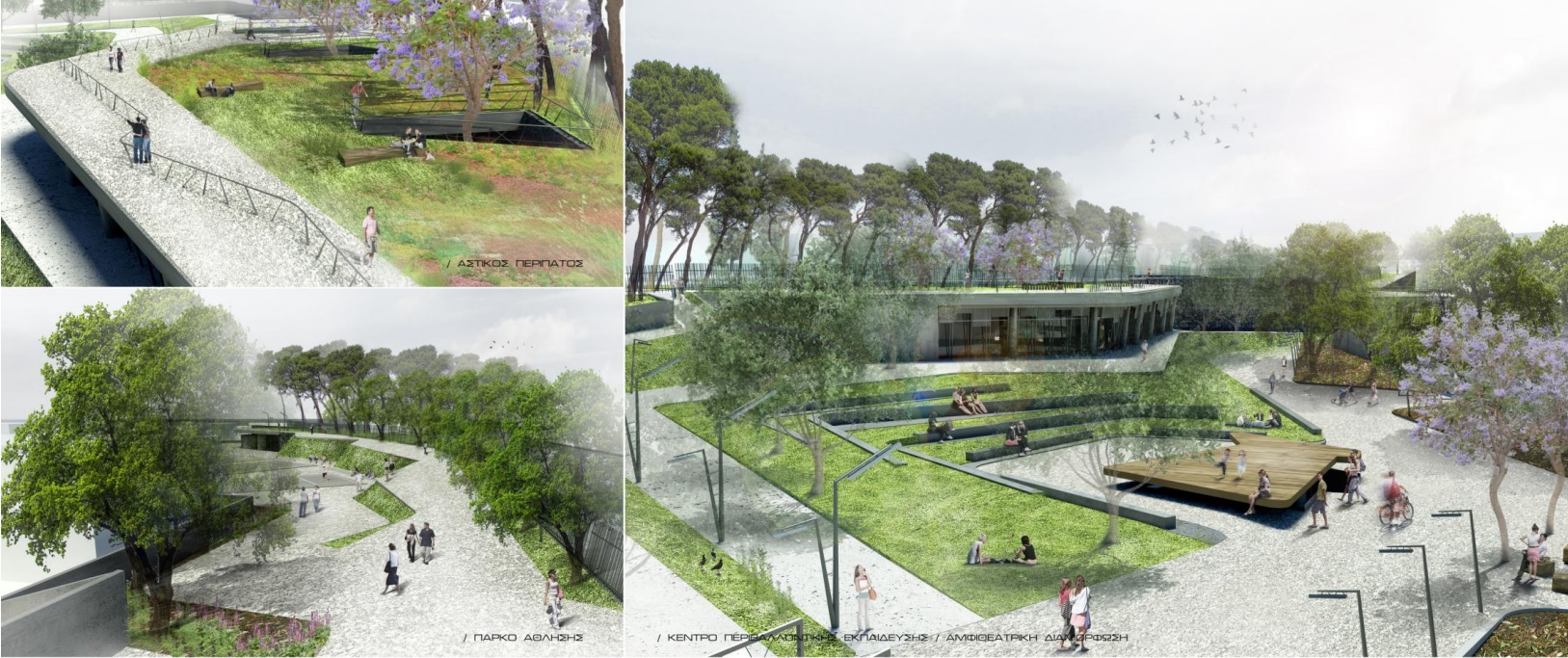
ANEL tells us more about establishing green infrastructure as part of its EURE Action Plan.